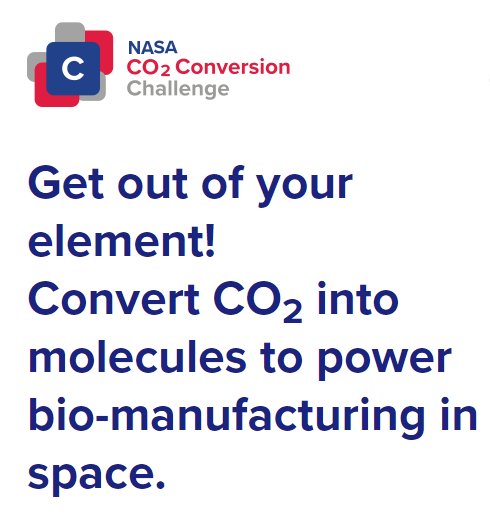Gigantic in-space habitats proposed by the late Princeton physicist Gerard O’Neill as sites for permanent settlements have inspired many space enthusiasts over the years. Jeff Bezos, for example, plans to spend a big chunk of his Amazon holdings to try to make it possible for millions of people one day to live off-earth and for heavy industry to be moved into space to reduce environmental stress on the Earth.

For most people, however, there is always an obvious sense of incredulity about how such giant structures far from earth can come to be. How do we get from here to there:

The huge structures would rotate to provide 1g artificial gravity along the inside. The outer shell of material would provide shielding from solar flares and cosmic rays.
Studies of the O’Neill habitats in the 1970s assumed that the Space Shuttles would drastically lower the cost of getting people and cargo to space. The Moon would also provide the bulk of the material for the habitats, which would reside in deep space at points where the gravitational pulls of the Earth and Moon are balanced and objects reside there indefinitely.
The Shuttles, however, failed to lower space transport costs. Today, we are finally seeing viable reusable, fast turnaround vehicles coming on line from SpaceX and Blue Origin. These will provide major reductions in transport cost. However, they still won’t enable O’Neill habitats on their own.
Most every city on earth started from a small structure or two and expanded over time. Something like that will have to happen for in-space settlements to become feasible. NASA Ames engineer Al Globus has been working on one such approach involving rotating habitats of modest size in low earth orbit. A collection of technical papers by Globus and his collaborators can be found here.
Globus and Tom Marotta have now written the book – The High Frontier: An Easier Way – for a general audience. Globus says the book describes
how new scientific discoveries, new advances in launch technology, and new social trends are making space settlement much, much easier to contemplate.

The two key discoveries relate to radiation shielding and rotation adaptation. Specifically, it turns out that equatorial low earth orbit is a very low radiation environment (by space standards) so people there will need very little dedicated radiation shielding, perhaps none at all. This reduces settlement mass by one to two orders of magnitude.
Secondly, an extensive literature search suggests that people can adapt to rotation much faster than commonly thought. By spinning fast, the minimum size settlement is about an order of magnitude smaller than previous designs.
When taken together, along with advances in the launch industry, these developments mean that free space settlements can be built much closer, simpler, and cheaper than previously thought. Perhaps cheap enough to sell condos in space at a profit. We detail these findings and more in a fast-paced, fun book full of interesting anecdotes about space-related personalities.
Perhaps Bezos or other space mogul will take up the challenge of making such settlements happen sooner rather than later.
The book is available in both e-book format and paperback as well at Amazon.
- The High Frontier: An Easier Way
– Paper back
- The High Frontier: An Easier Way
– e-book
See also:
- Book Review: The High Frontier: An Easier Way – National Space Society
- Review: The High Frontier: An Easier Way – The Space Review


